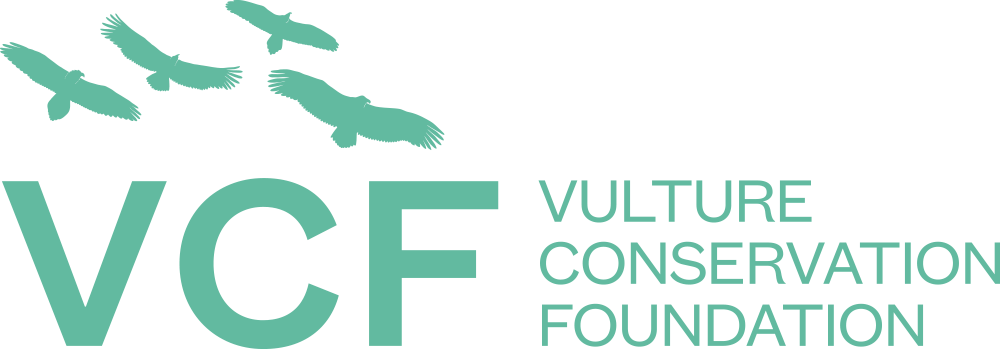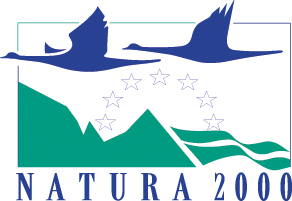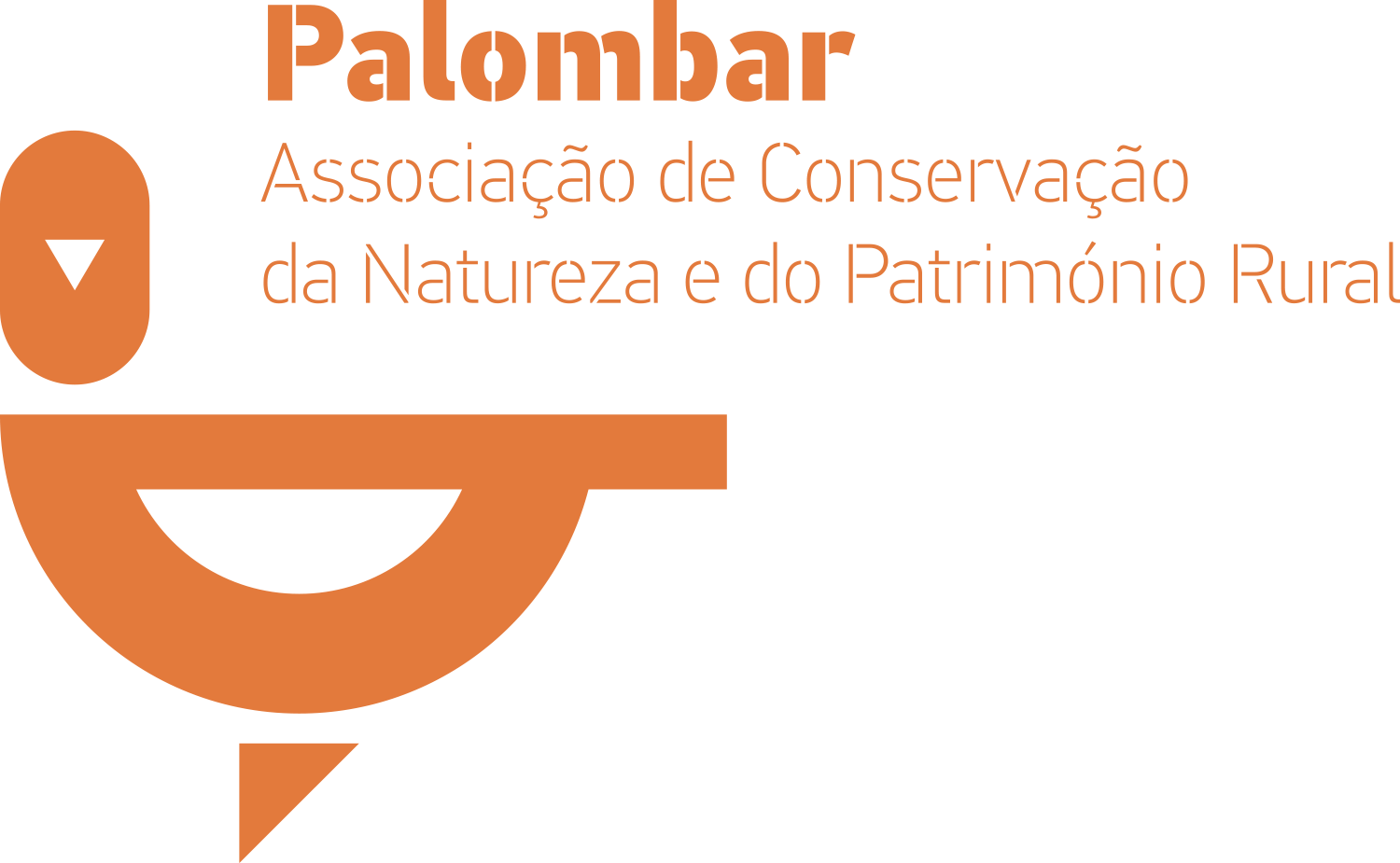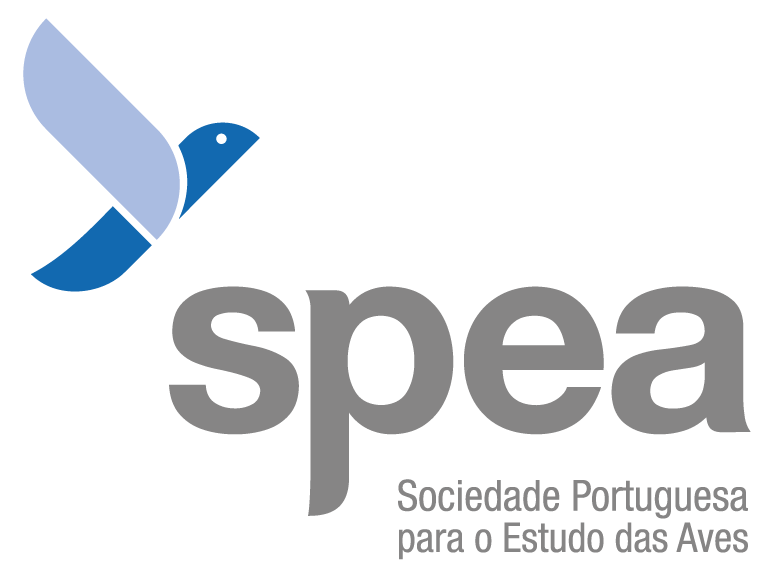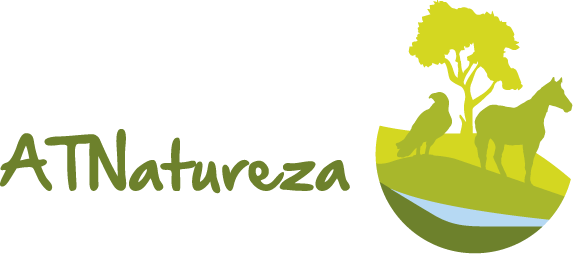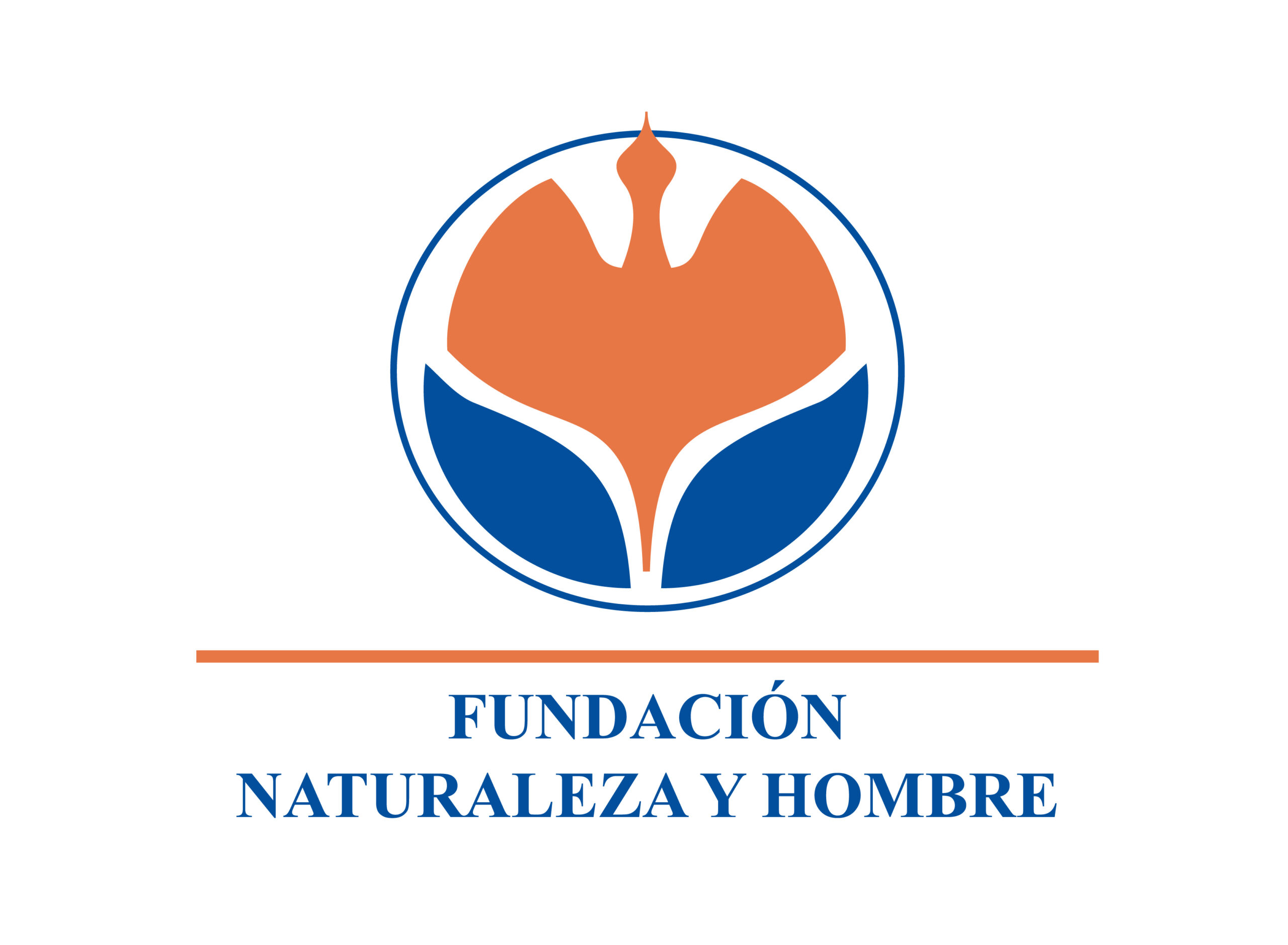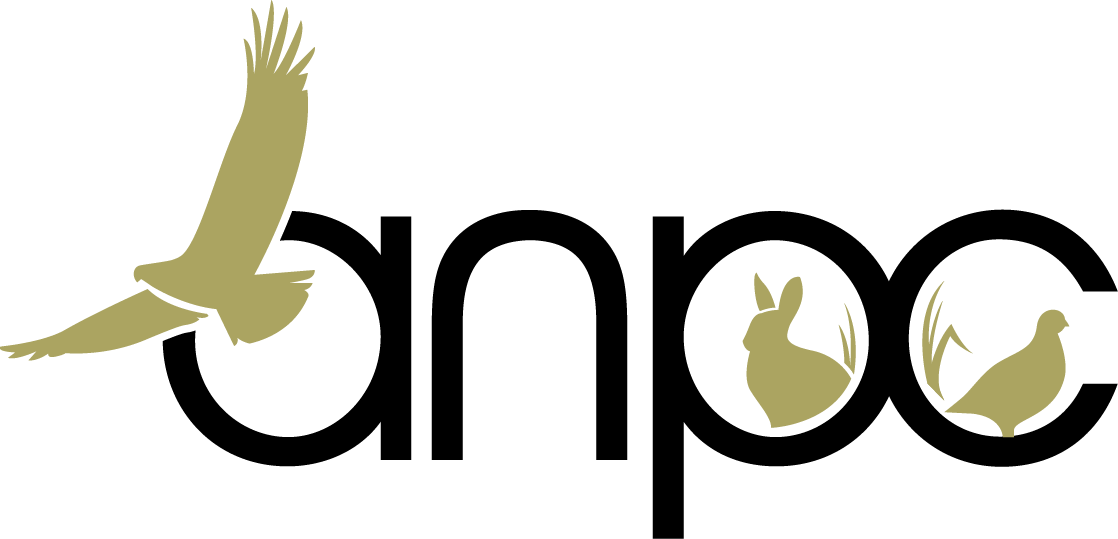The Cinereous Vulture
Main Threats
- Homepage
- Pages
- LIFE Aegypius Return
- The Cinereous Vulture
- Main Threats
Main threats
Once common in Iberia, the Cinereous Vulture became increasingly rare over the 20th century due to habitat loss, mortality from widespread poisoning campaigns against predators and direct persecution, among other threats. As a result, the breeding population of Portugal was wiped out in the 1970s, and only 206 pairs remained in Spain by 1973. Thanks to conservation efforts in both countries, the population in Spain recovered, which led to the natural recolonisation of the species in Portugal. However, the Cinereous Vulture still faces serious threats that could endanger its survival in the future.
#1 Threat

Illegal killing and poisoning
Illegal wildlife poisoning has been identified as the biggest threat to vultures by the Multi-species Action Plan to Conserve African-Eurasian Vultures (Vulture MsAP). In fact, a single poisoning incident can result in the death of multiple vultures, even wiping out entire vulture colonies.
To address poisoning, LIFE Aegypius Return aims to reduce vulture mortality due to poisoning enhancing the implementation of the national anti-poisoning programme and developing local capacity to deal with and follow-up poisoning and other incidents involving target species. Two new anti-poisoning dog units will also be established within the Portuguese police, located in an area that is essential to at least three of the Portuguese breeding colonies.
Lead poisoning
The use of lead ammunition during hunting activities has emerged as a severe threat to the survival of vultures and birds of prey in Europe. These scavenging birds often feed on the meat of shot game species that are not retrieved by hunters or on the offal (internal organs) that hunters leave on the ground. When lead ammunition hits the targeted animals, a large number of lead fragments form, which spread into the various tissues of the prey, facilitating lead ingestion by scavenging birds.
In a study of 252 Golden Eagles, Bearded, Griffon, and Cinereous Vultures collected from a large area of south-central Europe, 44% (111 individuals) showed chronic lead values higher than normal and 26% (66 individuals) had clinical poisoning levels. This high prevalence of lead poisoning is detrimental to raptor populations, which are often rare and scattered, and subject to conservation programmes funded by the EU and its Member States. To mitigate this issue, LIFE Aegypius Return aims to reduce the risk of lead intoxication by encouraging a transition to non-lead ammunition in 14 hunting areas (28,380 ha) within the Cinereous Vulture distribution range in Portugal, covering a total of 300 hunters.

Veterinary drugs
Vultures face a significant threat from veterinary drugs, particularly non-steroidal anti-inflammatory drugs like diclofenac, which have caused vulture deaths and are still legally available in Spain. Additionally, other drugs like ketoprofen, aceclofenac, flunixin, and nimesulide, commonly used for livestock, also pose a threat to vultures. In the LIFE Aegypius Return project areas, Cinereous Vultures and other vulture species are at risk of exposure to these drugs since they are used in free-ranging cattle, and pets treated with human medicines without veterinary supervision may also indirectly expose vultures to these substances.
Habitat degradation and increasing fires
With only four Cinereous Vulture colonies in Portugal, a single destructive forest fire could wipe out a significant part of the Portuguese breeding population. In 2017, the breeding colony in Douro already suffered a setback when the only nest was destroyed, killing the nestling inside. Managing the habitat to prevent forest fires in colonies, securing fragile footholds, and increasing the resilience of woods for stronger nests are essential to enable a sustainable recovery of the Cinereous Vulture population into their former breeding range.
Human disturbance during the breeding season
The lack of integration of protection measures for the species and its breeding habitat in Territorial Management Instruments, which cover a broad range of themes and spatial scales, exacerbates the issue. Moreover, there is a conflict between some Common Agricultural Policy (CAP) subsidies and vulture conservation efforts. For example, subsidies that require shrub clearing or forestry interventions can cause disturbance to breeding habitats. To address this problem, measures need to be implemented at the local, regional, and national levels to minimise disturbance impacts from all activities, including conservation actions. The LIFE Aegypius Return project will identify activities that may cause disturbance to existing or potential breeding colonies, analyse potential conflicts with CAP subsidy rules, and define rules, restrictions, and alternatives for each sector and activity at different levels. Relevant stakeholders and holders of plans will also be informed to ensure the effective protection of vulture breeding habitats.

Limited food availability
The decline of extensive farming and strict carcass disposal legislations have resulted in a reduction in vultures’ food availability in recent years. In 2001, the EU prohibited the abandonment of livestock carcasses in the field in response to the Bovine Spongiform Encephalopathy, or Mad Cow Disease, crisis. These policies greatly impacted scavenging birds, including vultures.
However, in Spain, farm animal cadavers are now allowed to remain in the fields for vultures to consume, while in Portugal, they are collected by the authorities. Due to this difference in sanitary policies, Cinereous and Griffon Vultures rarely cross the border into Portugal to forage, creating an ecological barrier.
To address this threat, LIFE Aegypius Return will first estimate the trophic resources needed for the scavenger community in the project area, allowing the definition of a feeding strategy to be implemented for the Cinereous Vulture. The project team will further improve food availability in Portugal and border areas by enhancing the network of existing and new vulture feeding stations, but mainly through the establishment of 66 non-fenced feeding areas.
Emerging human-wildlife conflicts
There is a lack of knowledge about the vulture-livestock breeders’ conflict in Portugal, and it is urgent to identify its real dimension to achieve an adequate human-wildlife coexistence. The conflict needs to be evaluated and addressed quickly to prevent retaliatory killings of wildlife. The project aims to characterise the conflict and its causes in the border area between Portugal and Spain, involving historical information from livestock breeders and assessing media framing of vultures and vulture incidents on livestock. This will help define tailored conservation measures, mitigation strategies, and targeted awareness strategies to prevent and mitigate the conflict across the project area.
Electrocution with overhead powerlines
To address this issue, the project will provide data from the movements and mortality of at least 60 GPS-tagged Cinereous Vultures to the existing projects mitigating electrocution risk and mortality. This information will be used to mitigate the risk of electrocution by identifying dangerous electricity pylons and taking relevant actions such as putting bird markers and insulating the pylons.
